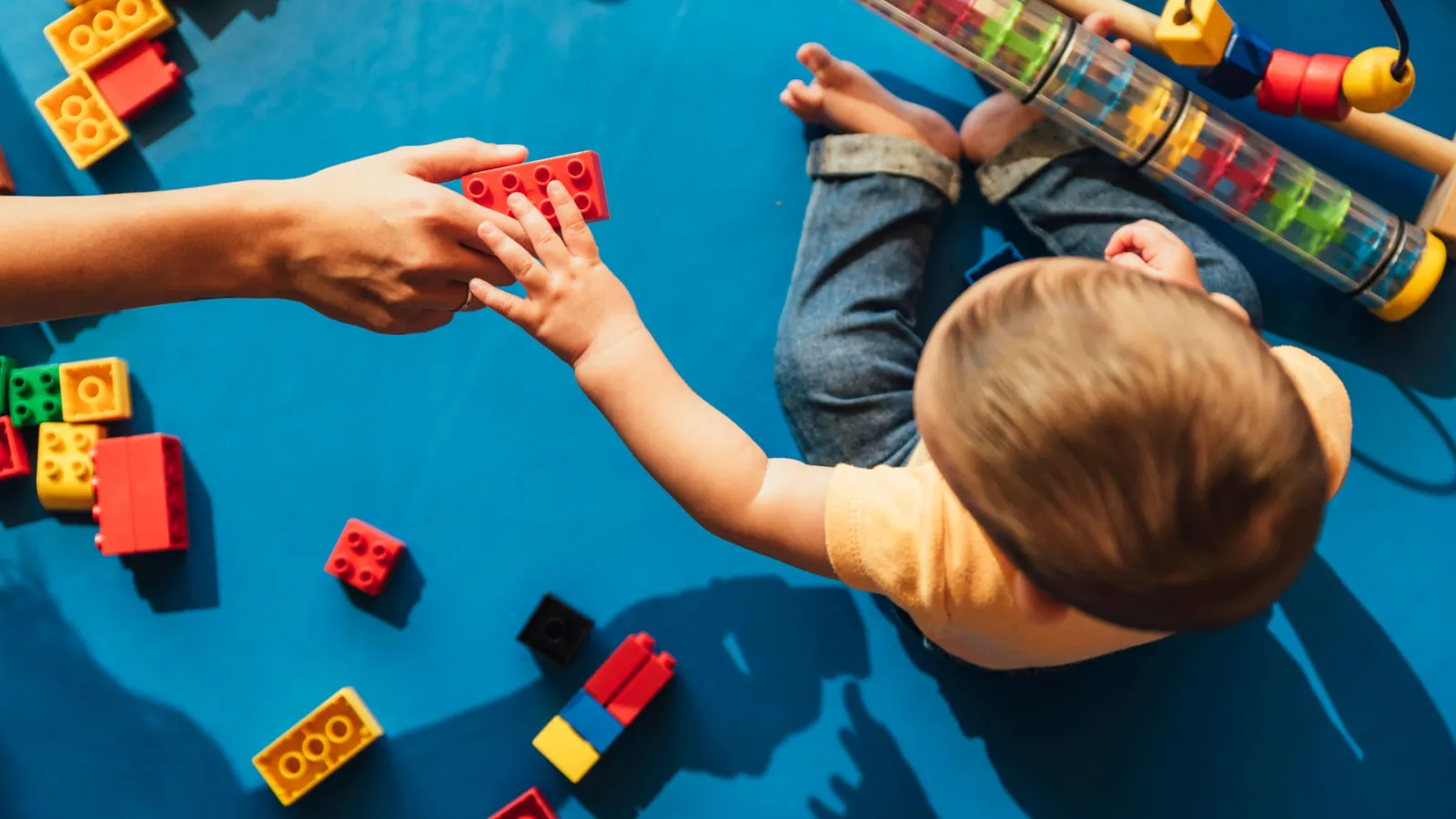Banner

Title
resources
Resource Library
Our Resource Library contains materials and assistance for early childhood educators and those they serve. Explore our selection of podcasts, tip sheets, websites, documents, and self-study courses.
Results: Page 15 of 28
| Resource Name | Description | Resource Type |
|---|---|---|
| Epilepsy Foundation | The Epilepsy Foundation website hosts a national organization that works for people affected by seizures by providing access to research, educational information, advocacy, and many services. There is an inter-site search engine along with selected links, chat rooms, expert panels and lots of news and publications. Grant and fellowship information is available as well as links to local epilepsy resources. | Website |
| Epilepsy Foundation of Minnesota | The Epilepsy Foundation of Minnesota website provides education, information and referral, advocacy and community involvement. This website offers newsletters, calendar of events, frequently asked questions regarding epilepsy and additional resources for individuals affected by seizure disorders. | Website |
| Epinephrine for First-aid Management of Anaphylaxis | Anaphylaxis is a severe, generalized allergic or hypersensitivity reaction that is rapid in onset and may cause death. Epinephrine (adrenaline) can be life-saving when administered as rapidly as possible once anaphylaxis is recognized. This clinical report from the American Academy of Pediatrics is an update of the 2007 clinical report on this topic. It provides information to help clinicians identify patients at risk of anaphylaxis and new information about epinephrine and epinephrine autoinjectors (EAs). | Document |
| ERIC: Education Resources Information Center | The ERIC Document Reproduction Service is the document delivery component of the Educational Resources Information Center. The ERIC database contains over 1,000,000 citations. They include teaching guides, research reports, bibliographies, issues papers, instructional materials, and test and evaluation instruments. The articles can be searched on-line and can be ordered via toll-number, fax, mail, or online. | Website |
| Essential Elements of Infant and Toddler Environments: Health and Safety | CICC Coach Lead, Jacy Nylander joins Priscilla Weigel to discuss a key topic for our youngest learners, health and safety. Listen to their conversation about ways you can create an environment that is safe, calm, clean, and fresh. | Podcast |
| Estrategias de autocuidado para proveedores de cuidado infantil: Parte 1 (Self-Care Strategies for Child Care Providers: Part 1) | Comprender la importancia de las conexiones humanas, el compromiso social y los sentimientos de seguridad es el núcleo del trabajo de cuidado infantil basado en relaciones. En esta hoja de consejos destacaremos los síntomas del agotamiento y el trauma secundario y discutiremos el estrés y la teoría polivagal.Understanding the importance of human connections, social engagement, and feelings of safety is at the heart of relationship-based child care work. This tip sheet we will highlight the symptoms of burnout and secondary trauma and discuss stress and the Polyvagal Theory. | Tipsheet |
| Estrategias de autocuidado para proveedores de cuidado infantil: Parte 2 (Self-Care Strategies for Child Care Providers: Part 2) | En la segunda parte de esta serie, analizamos formas de aumentar el autocuidado cultivando la conciencia, desarrollando estrategias para controlar el estrés, la importancia del compromiso social y los beneficios del autocuidado y el manejo del estrés.In part two of two of this series, we look at ways to increase self-care by cultivating awareness, developing strategies to manage stress, the importance of social engagement, and the benefits of self-care and stress management. | Tipsheet |
| Evaluating, Developing, and Enhancing Domain-Specific Measures of Child Care Quality | Measures of quality are now in widespread use across states as part of quality improvement initiatives. For example, many states are currently using global measures of quality that were first developed for research and practice purposes (such as the Environmental Rating Scales) in their Quality Rating Systems (QRSs). | Document |
| Every Child Can Fly | Please Join Priscilla Weigel as she talks with Jani Kozlowski, Technical Assistance Specialist at the Frank Porter Graham Child Development Institute at the University of North Carolina, Chapel Hill. Jani shares her story and what led her to write her book, Every Child Can Fly: An Early Childhood Educator's Guide to Inclusion. Additional Resources Related to this podcast:Jani’s website: www.everychildcanfly.com Every Child Can Fly: An Early Childhood Educator's Guide to Inclusion https://www.gryphonhouse.com/books/details/every-child-can-fly-an-early-childhood-educators-guide-to-inclusion Research and Studies on Inclusionhttps://ectacenter.org/topics/inclusion/research.asp Indicators of High-Quality Inclusionhttps://ectacenter.org/topics/inclusion/indicators.aspNew book coming out on June 1st: Empowering Your Child to Fly: A Family's Guide to Early Childhood Inclusionhttps://shop.gryphonhouse.com/products/empowering-your-child-to-fly-a-familys-guide-to-early-childhood-inclusion?variant=48539511357732 | Podcast |
| Evidence-based Practice Briefs | Many interventions exist for autism spectrum disorder (ASD). Yet, scientific research has found only some of these interventions to be effective. The interventions that researchers have shown to be effective are called evidence-based practices (EBPs). One reason for using EBPs is because, by law, teaching practices must be based on evidence of effectiveness. Each brief in this list provides an overview and general description, step-by-step instructions of implementation, an implementation checklist, and the evidence-base which includes the list of references that demonstrate the practice meets the NPDC's criteria. | Website |
Results: Page 15 of 28